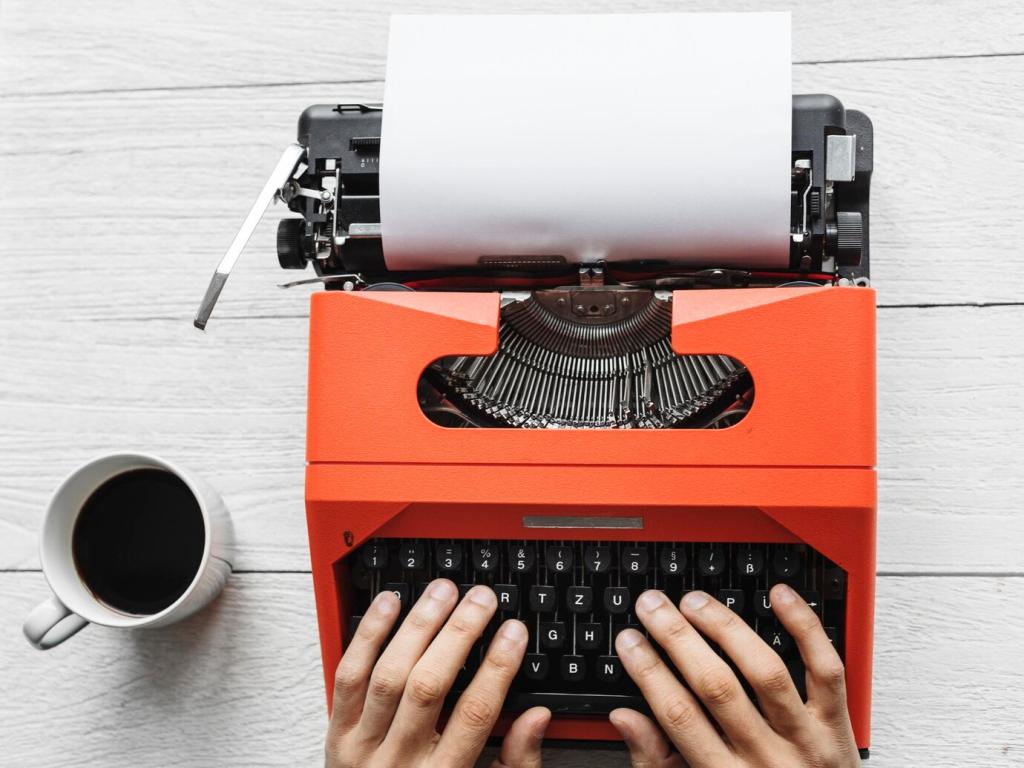Today’s Theme: Creating Captivating Design Website Content
Step inside a creative space where every headline, image caption, and micro-interaction is crafted to earn attention and trust. We explore practical, human strategies for Creating Captivating Design Website Content—so your design work shines and your story resonates. Subscribe, comment, and share your favorite tactics as we build a smarter, more magnetic presence together.
Know Your Audience, Shape Your Message
Skip vague labels. Build lean personas grounded in real inquiries, search terms, and project briefs. When Maya shifted her portfolio copy from buzzwords to the problems her clients typed into Google, consultations jumped and conversations felt instantly warmer.
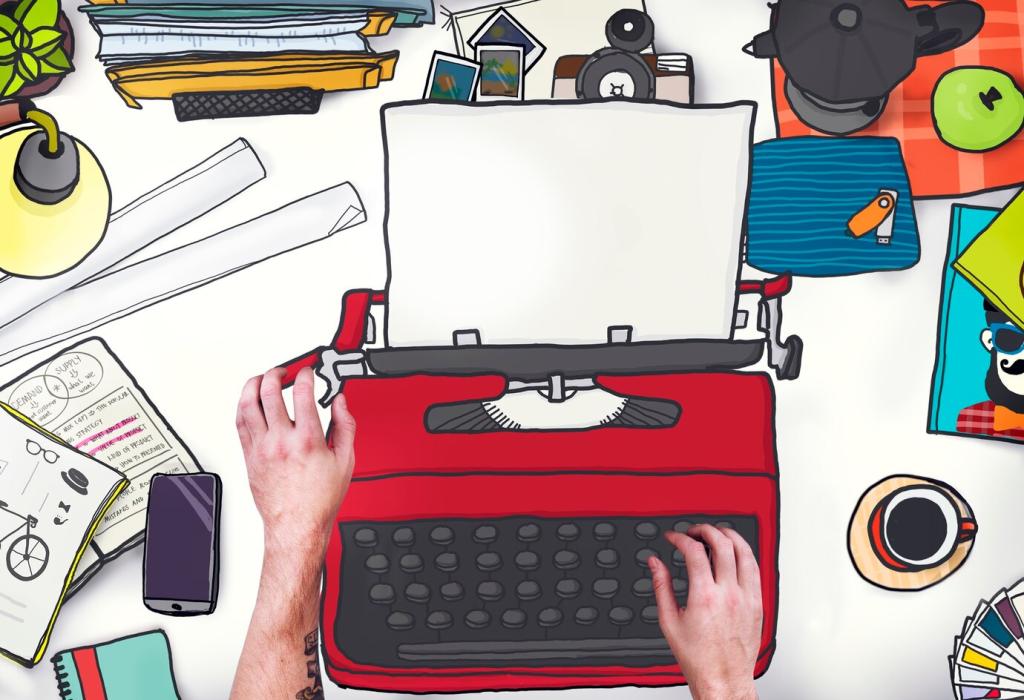
Voice, Tone, and the Designer’s Story
Write Like a Helpful Designer, Not a Brochure
Trade features for outcomes, and jargon for clarity. A simple sentence—“We reduce decision fatigue on complex dashboards”—instantly signals craft and care. Readers feel guided, not pitched, and they remember the promise after they leave.
Tone Switching Without Whiplash
Case studies can be confident; onboarding messages should be reassuring; error states deserve empathy. Adjust tone to the moment. This emotional calibration helps visitors feel safe exploring, even when stakes or budgets feel intimidating.
A Signature Narrative Arc
Anchor your story in a before, the turning point, and the after. When a boutique studio framed its origin around one stubborn usability issue, readers cheered the fix and connected the mission directly to everyday design decisions.
Structure for Scanners: Hierarchy That Hooks
Eye-tracking studies show habitual scanning paths. Front-load value along expected patterns with benefit-led phrases, bold keywords, and scannable lists. When the essential answers sit exactly where eyes land, bounce rates drop and curiosity climbs.

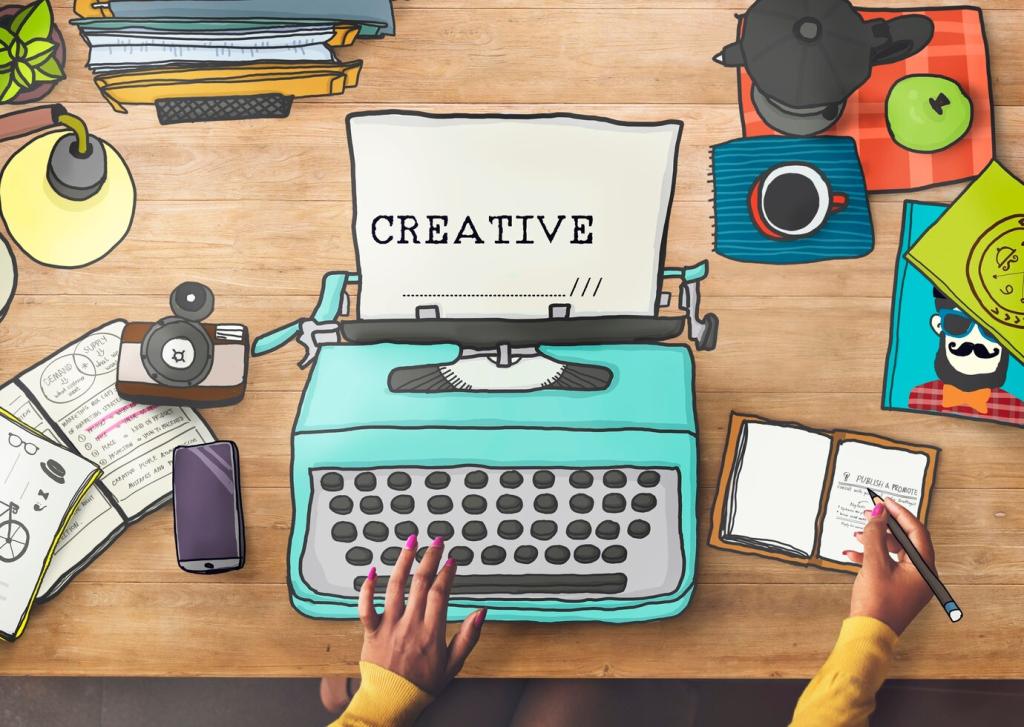
Structure for Scanners: Hierarchy That Hooks
Chunk content ruthlessly. Each section should answer a single visitor question and end with a next step. The clarity invites momentum; readers feel progress and choose to keep reading rather than retreating to search results.
Case Studies That Captivate, Not Just Impress
Start with the pain, end with the outcome, and bridge with your process. When Leo added a single dashboard screenshot annotated with three decisive changes, leads referenced it on calls and skipped the small talk entirely.

Microcopy Magic: The Small Words That Convert
Replace vague actions with results. “See pricing” becomes “Estimate your project in minutes.” These micro-promises lower anxiety and clarify value, encouraging clicks from visitors who still feel cautious about reaching out to a designer.
Microcopy Magic: The Small Words That Convert
Errors should explain, not scold. Offer cause, fix, and a safe path forward. Empty portfolios can provide a teaser and newsletter signup, transforming a gap into an invitation rather than a dead end.
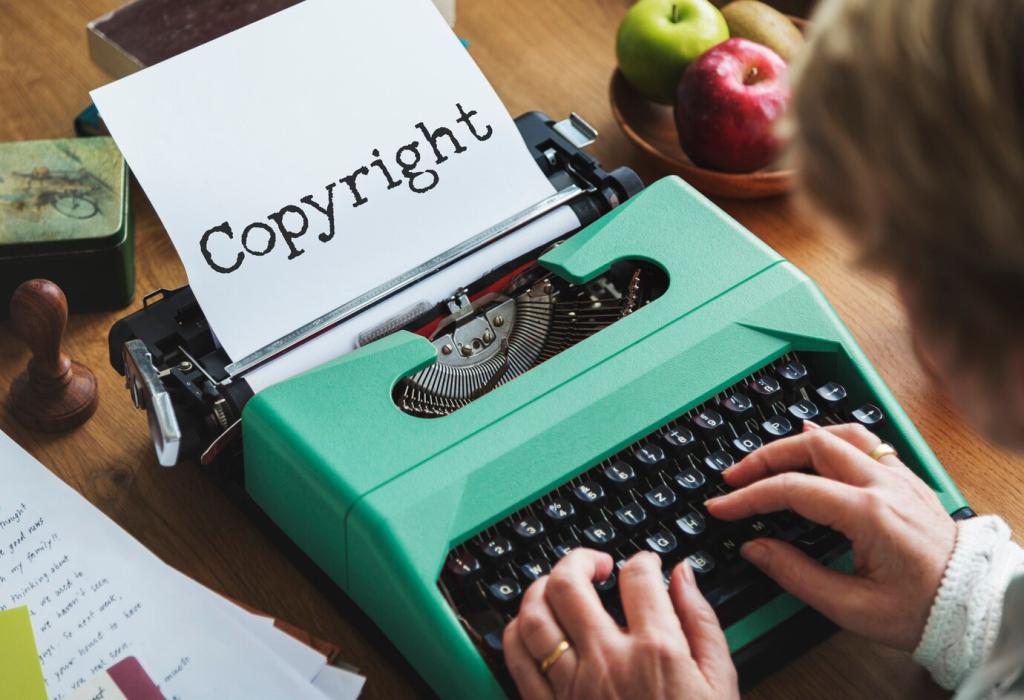

Typographic Hierarchy That Speaks
Pair honest headings with supportive body copy. Choose sizes and weights that reflect importance, not decoration. When type conveys structure, visitors stop hunting for meaning and start engaging with the promise under each headline.
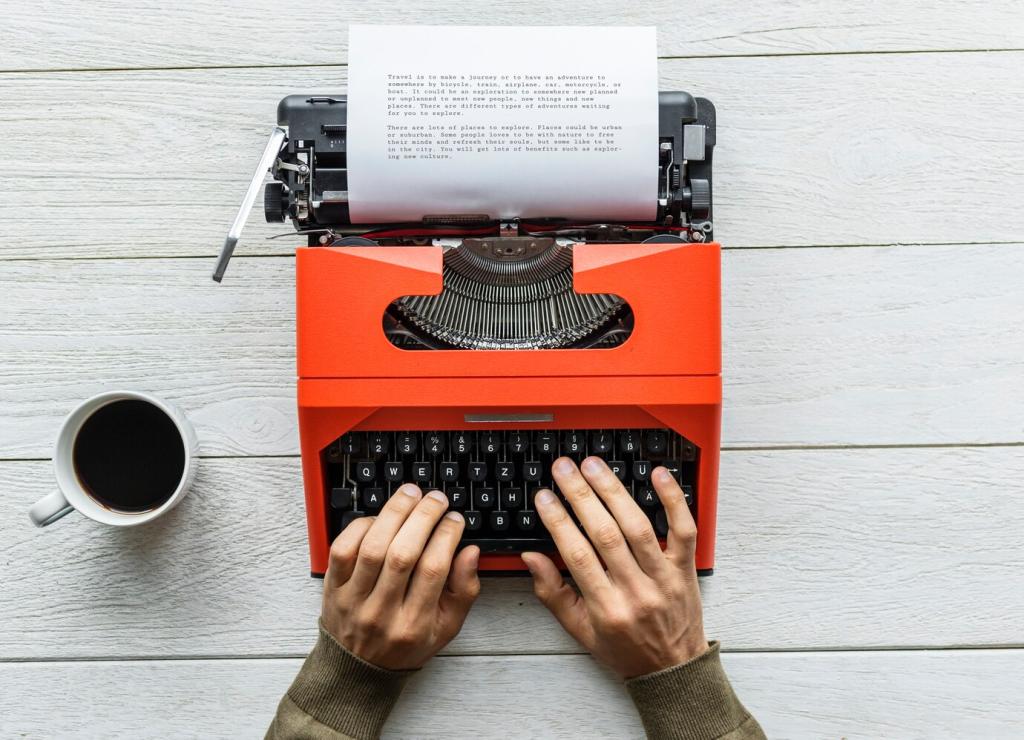
Imagery With Purpose
Show process, not just polish. Annotated wireframes, in-situ product shots, and motion micro-demos reveal thinking. This transparency builds credibility faster than mockups alone, especially for clients who worry about real-world feasibility.
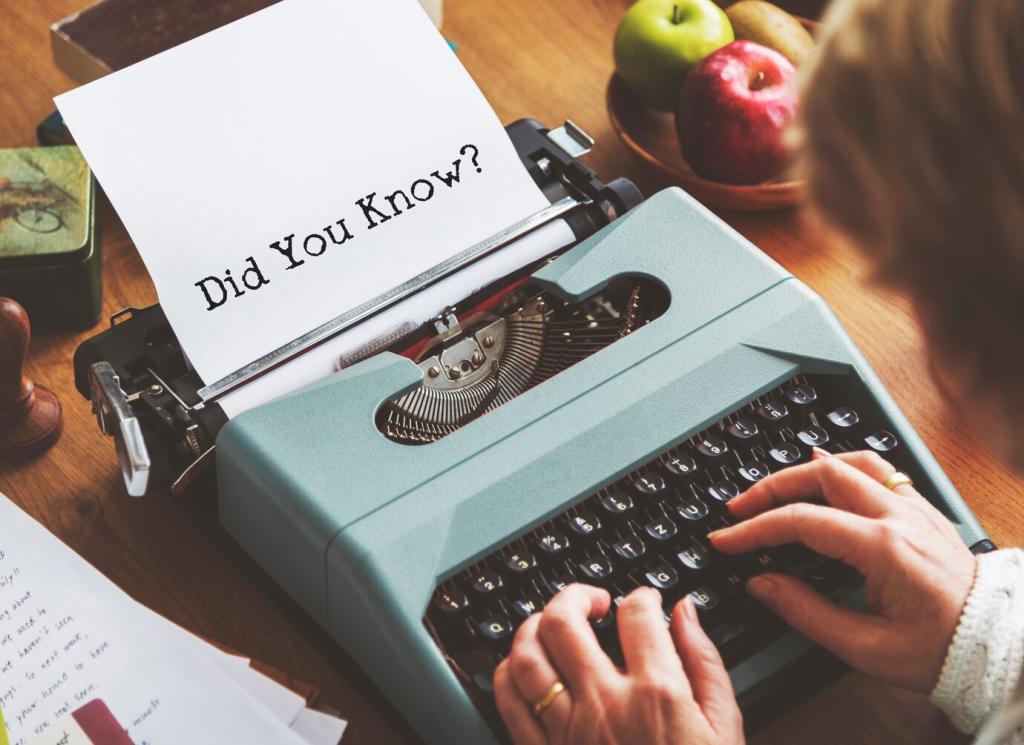
Whitespace as Strategy
Give breathing room around essential copy and calls to action. Space signals importance, reduces visual noise, and guides the next step. Visitors experience calm confidence instead of curiosity-killing overwhelm.
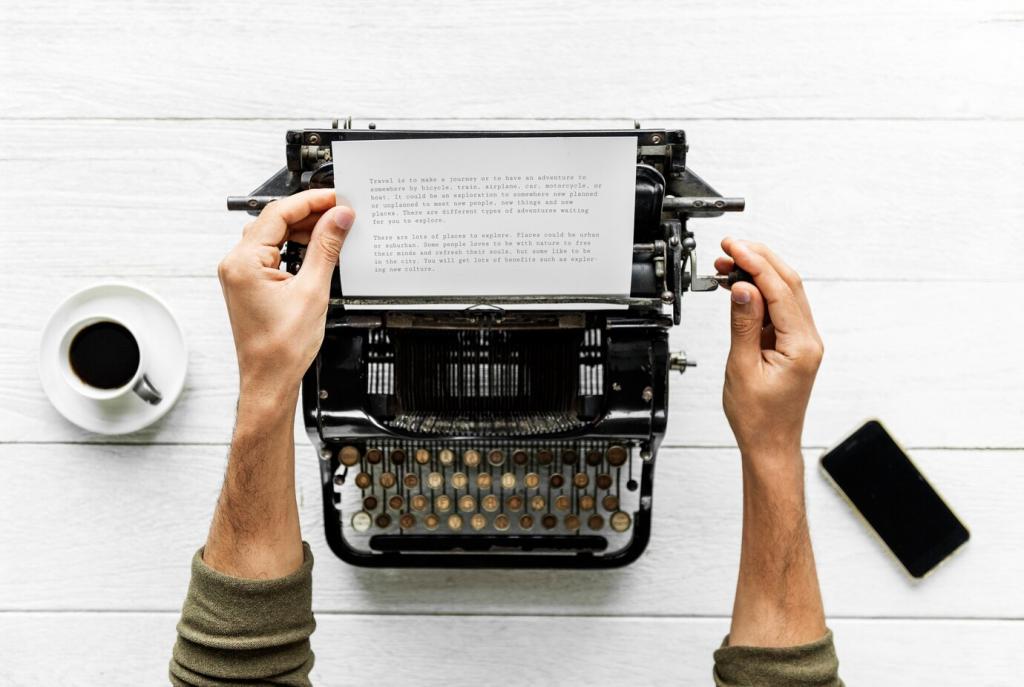
Track scroll depth, click paths, and reading time alongside conversions. These patterns reveal whether your story flows or stalls. Adjust section order and clarity before redesigning visuals that already work well.
